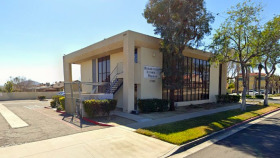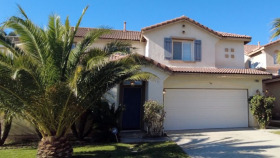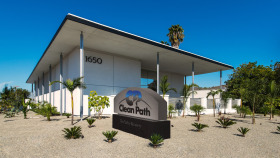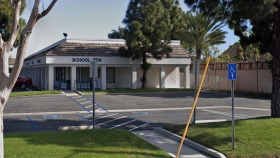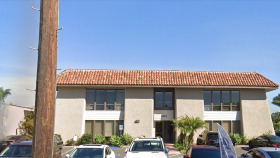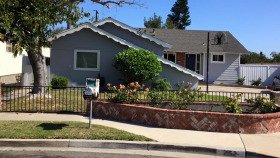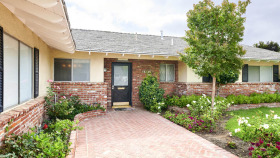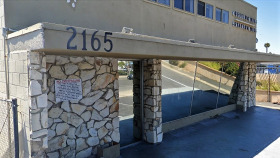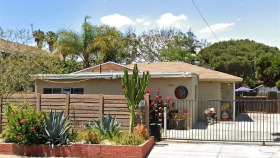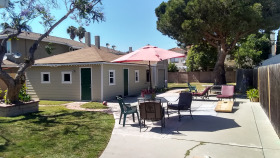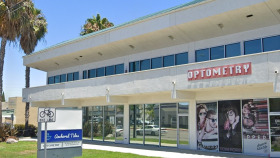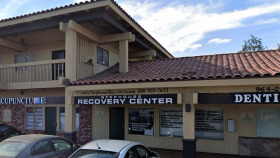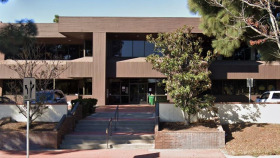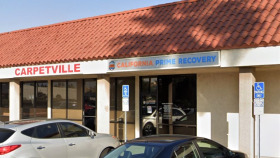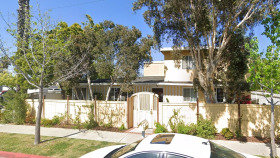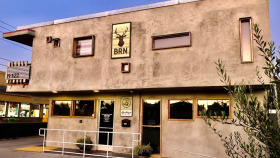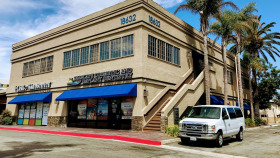Expert Insights
While Fontana law enforcement has been working on putting an end to drug trafficking, the state of California is searching for their own solutions, as well. With overdoses near record highs in CA, Governor Gavin Newsom called in his recent budget proposal for $3.5 million to supply middle and high schools with naloxone — an opioid drug reversal that saves lives in acute overdose situations. While some parents scoff, it is the students that need interventions on the spot.
~ Lesley Wirth
How Expensive is Drug Rehab in Fontana?
As you research drug rehabs in Fontana, CA, you’ll discover that each facility varies in price. Why don’t all programs charge the same amount? Several factors affect the cost of treatment. Some of the most common variables include:
Treatment setting (inpatient or outpatient)
Features and amenities (luxury or standard rehab facility)
Duration of program (30, 60, or 90 days)
Health insurance plan
Choosing a rehab facility in-network with health insurance provider
Government funding
Location (city vs. suburb)
Due to these factors, one drug rehab in Fontana, CA, may be much more affordable than another. On average, the cost of inpatient rehab in California is $1,703. For inpatient treatment, the average cost is $56,654. For those seeking medication assisted treatment, you can expect to pay $126 per week for methadone, $115 per week for buprenorphine, and $1,177 per month for Naltrexone, based on national averages.3
How Does Fontana Compare in Alcohol and Drug Use?
Fontana, CA, is just a short 50-minute drive from nearby Los Angeles. This puts Fontana well within the major drug hub of the greater LA area. The region offers major transportation veins that make it easy to smuggle illegal drugs coming from the southwest border.
This prevalence of drug crime makes drug use a common occurrence. Fortunately, for Fontana residents who find themselves pulled into this lifestyle, there are 66 drug rehabs in Fontana, CA, that can help provide a way out.
The following statistics reveal recent trends in drug use and related issues in Fontana and its surrounding San Bernardino County:

In 2021, there were 966,931 prescriptions written for opioids in San Bernardino County.
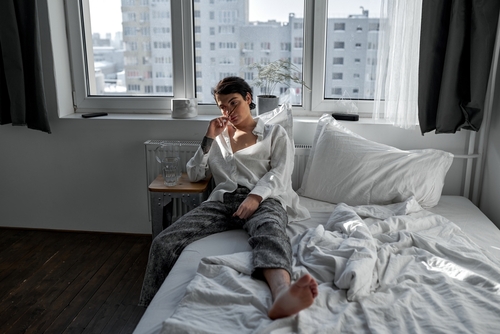
Hospitals in San Bernardino County saw 243 admissions related to opioid overdose in 2021.1

During 2021, 1,065 hospital visits in San Bernardino County were related to opioid overdose.1
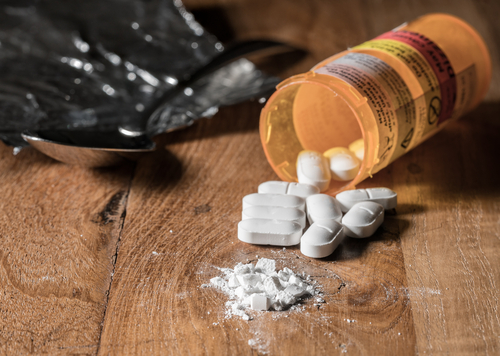
354 opioid-related deaths occurred in San Bernardino County in 2021.1
- The 25-to-29-year-old age bracket experienced the highest rate of opioid overdose in San Bernardino County in 2021.1
- Native American/Alaskan Natives had the highest rate of opioid-related overdose in San Bernardino County in 2021, at around 30 per 100,000 residents.1
- The opioid prescribing rate in San Bernardino County decreased by 19% between 2019 and 2021.1
- Buprenorphine prescribing in San Bernardino County increased 48% between 2019 and 2021.1
- The rate of drug-related crime in Fontana is 21.1 per 1,000 residents.2
- The chances of being a victim of drug-related crime in Fontana may be as high as 1 in 31 in some neighborhoods.2
Alcohol and Drug Laws in Fontana, CA
The following California laws govern substance use and related issues in Fontana, CA:
California Employee Protections for Drug or Alcohol Rehab:: Fontana residents who are employed at a company with 25 or more employees are protected by California Labor Code Section 1025-1028. This requires employers to accommodate employees who want to take time off to undergo treatment. Time off can be requested under the Family Medical Leave Act (FMLA) or the California Family Rights Act (CFRA).
Substance Abuse and Crime Prevention Act:: Under Proposition 36, eligible California residents may attend drug rehab in Fontana, CA, instead of serving prison time for non-violent drug crimes.
California Government Prevention and Care Services:: Senate Bill 110 provides incentivized treatment program rewards. For demonstrating drug-free behavior, such as negative urine screenings, patients may receive gift cards or vouchers.
California Good Samaritan Overdose Prevention Law: This law offers immunity from prosecution for certain drug crimes to those who call for help during a drug overdose situation. The law is designed to remove the fear of legal action and to encourage California residents to get the emergency medical attention they need.
Resources
- CA Overdose Dashboard. (n.d.). Skylab.cdph.ca.gov.
- Fontana, CA drug-related crime rates and maps. (n.d.). CrimeGrade.Org.
- National Institute on Drug Abuse. (2021). How much does opioid treatment cost? National Institute on Drug Abuse.


